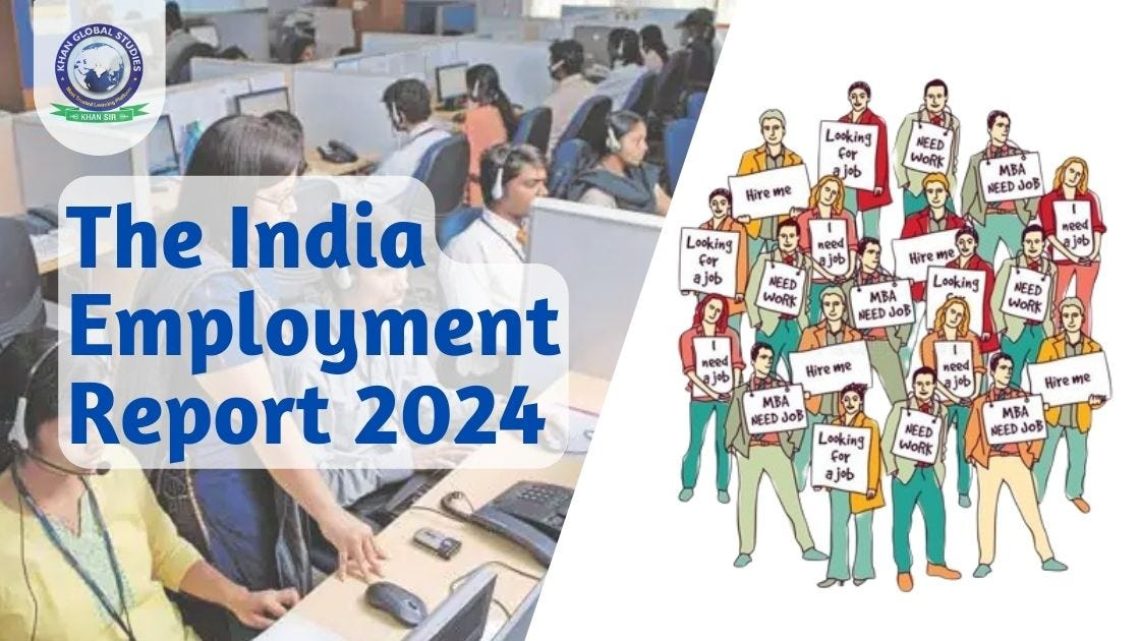
India Employment Report 2024: A Grim Reality for the Youth Workforce
April 3, 2024The latest joint report by the Institute for Human Development (IHD) and the International Labour Organization (ILO) sheds light on the persisting challenges faced by India’s youth in the employment sector. Titled ‘India Employment Report 2024’, the findings underscore a grim reality characterized by soaring unemployment rates among the younger demographic.
Analyzing the report reveals a multitude of concerning trends. Despite efforts to stimulate job creation, employment conditions in India remain bleak. Issues such as stagnant or declining wages, a surge in self-employment among women, and an alarming rise in the proportion of unpaid family work among the youth paint a stark picture of economic instability.
Of particular concern is the overwhelming dominance of youth in the unemployed workforce, constituting nearly 83% of the total. This statistic highlights a significant failure in harnessing the potential of India’s burgeoning young population. What’s more troubling is the sharp increase in the share of educated youth in the unemployed cohort. Over the past two decades, the proportion of youngsters with secondary or higher education among the total unemployed has nearly doubled, escalating from 35.2% in 2000 to a staggering 65.7% in 2022.
The implications of these findings are profound. Not only does high youth unemployment hinder economic growth, but it also threatens social stability and exacerbates inequality. The failure to integrate educated youth into the workforce signifies a systemic breakdown in the economy’s ability to absorb talent and foster inclusive development.
The rise in self-employment among women, while initially seeming like a positive trend, may mask deeper issues such as lack of access to formal employment opportunities and gender disparities in the labour market. Similarly, the prevalence of unpaid family work among the youth underscores the prevalence of informal employment arrangements and underscores the need for policies that address the vulnerabilities of this segment of the workforce.
To address these challenges, concerted efforts are required from policymakers, businesses, and civil society. Investments in education and skills training must be accompanied by measures to stimulate job creation and promote entrepreneurship. Moreover, there is an urgent need to address structural barriers that hinder women’s participation in the formal workforce and to ensure that labor laws are enforced effectively to protect the rights of all workers.
To conclude, the ‘India Employment Report 2024’ serves as a wake-up call, highlighting the urgent need for comprehensive reforms to tackle youth unemployment and create an inclusive and sustainable economy. Failure to act swiftly risks squandering the potential of India’s demographic dividend and perpetuating cycles of poverty and inequality.

